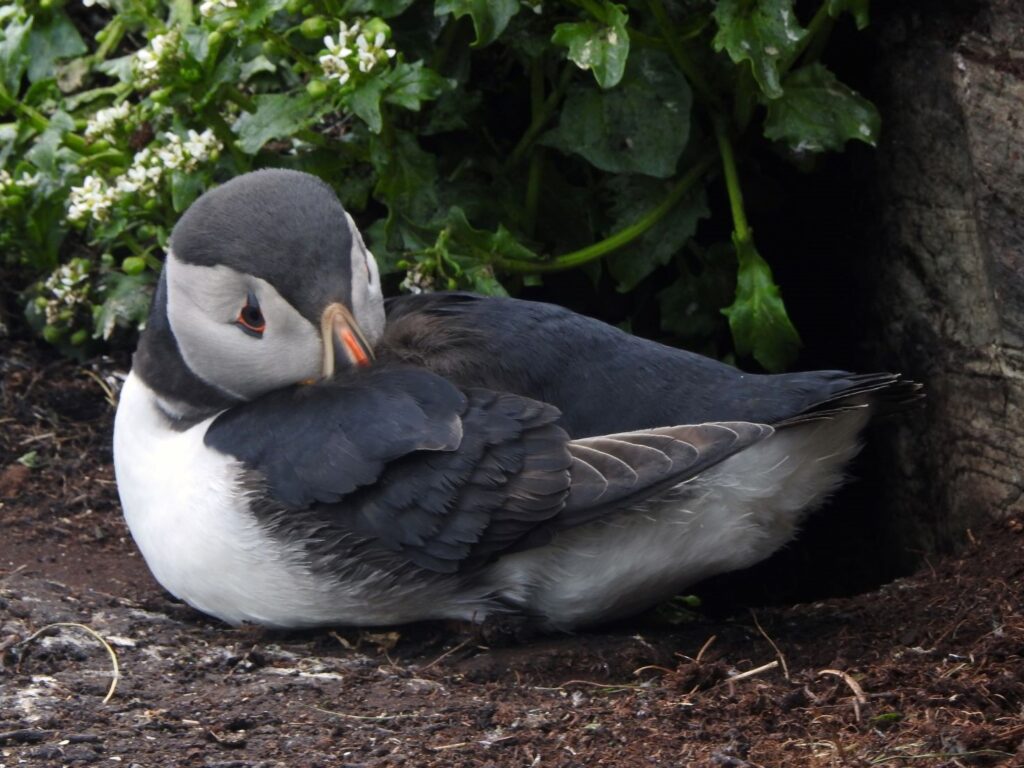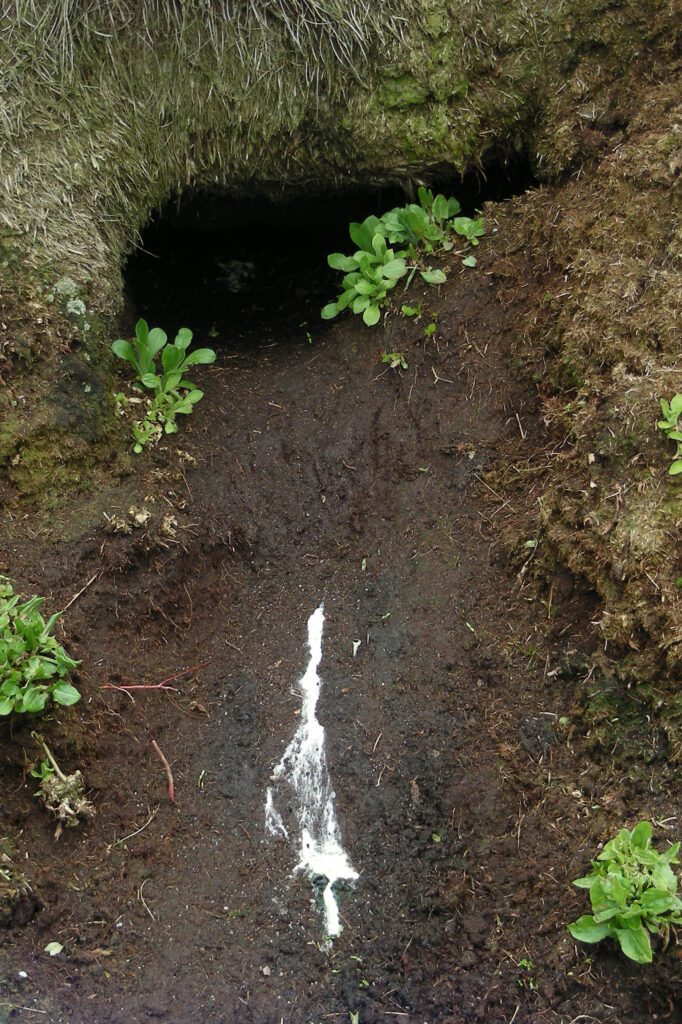Raising offspring accelerates senescence in the Atlantic puffin
A study on senescence in Atlantic puffins was recently published in Journal of Animal Ecology. Using long-term monitoring data series from three puffin colonies, the researchers studied differences in rates of ageing between populations living and reproducing under highly different conditions.
Senescence – the decline of survival with age
Actuarial senescence, the decline of survival with age, is well documented in the wild. Rates of senescence vary widely between taxa, to some extent also between sexes, with the fastest life histories showing the highest rates of senescence. Few studies have investigated differences in senescence among populations of the same species, although such variation is expected as a result of population-level differences in environmental conditions, leading to differences in vital rates and thus life histories.
Difference expected between seabird populations
In this study, researchers predicted that, within species, populations differing in productivity (suggesting different paces of life) should experience different rates of senescence, but with little or no sexual difference in senescence within populations of monogamous, monomorphic species where the sexes share breeding duties.
Three contrasting breeding colonies
To test this theory, they compared rates of actuarial senescence among three contrasting populations of the Atlantic puffin Fratercula arctica. The dataset comprised 31 years (1990–2020) of parallel capture-mark-recapture data from three breeding colonies, Isle of May (North Sea), Røst (Norwegian Sea) and Hornøya (Barents Sea), showing contrasting productivities (i.e., annual breeding success) and population trends. Time elapsed since first capture was used as a proxy for bird age, and productivity and the winter North Atlantic Oscillation Index (wNAO) were used as proxies for the environmental conditions experienced by the populations within and outside the breeding season, respectively.
Low senescence linked to low productivity
In accordance with the predictions, senescence rates differed among the study populations, with no evidence for sexual differences. Nor was there evidence for an effect of wNAO, but the population with the lowest productivity, Røst, showed the lowest rate of senescence. As a consequence, the negative effect of senescence on the population growth rate was up to 3-5 times smaller on Røst than on the two other colonies. These findings suggest that environmentally induced differences in senescence rates among populations of a species should be accounted for when predicting effects of climate variation and change on species persistence. There is thus a need for more detailed information on how both actuarial and reproductive senescence influence vital rates of populations of the same species, calling for large-scale comparative studies.
Read the articles:
Contact person: Tycho Anker-Nilssen, NINA


